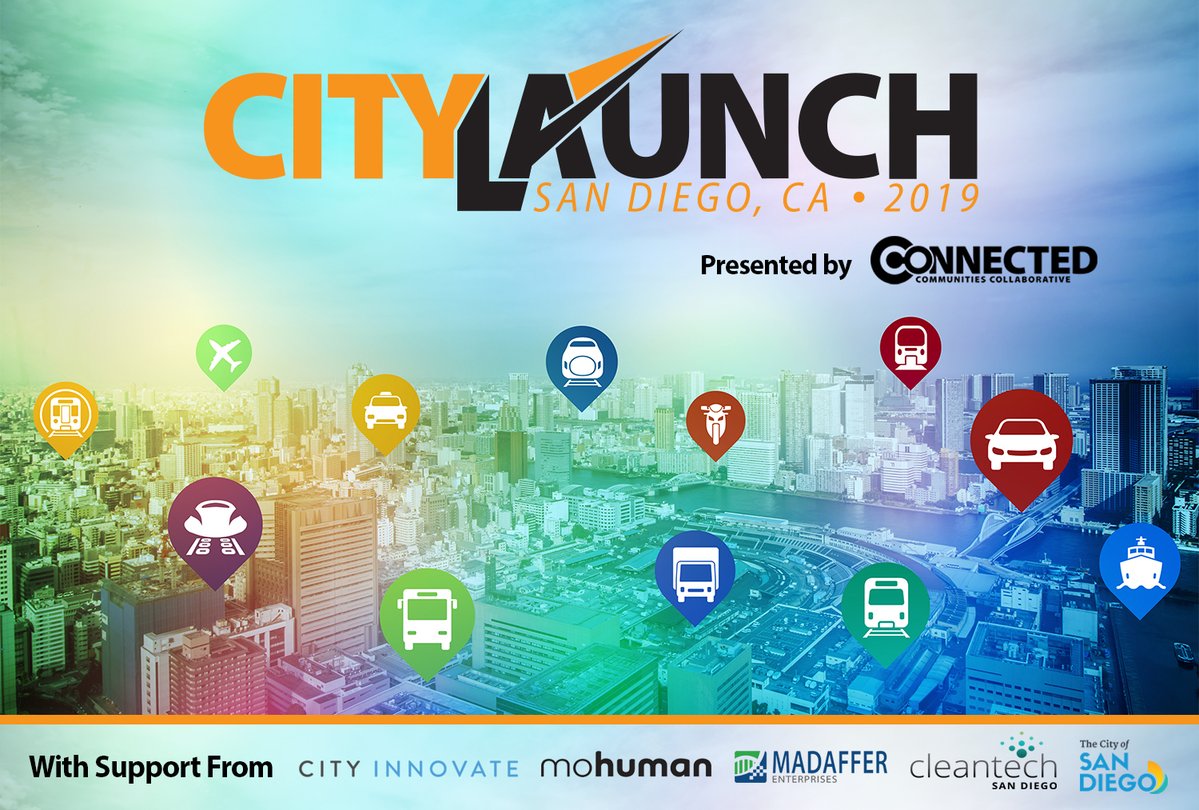Smart Cities: Brought to You by Wireless Connectivity
Smart cities are a fundamental transformation underway in cities across the country that connects people with their government and improves quality of life for all. Wireless technologies are a key component of this generational shift, helping to reduce traffic, encourage economic development, improve infrastructure and make communities safer. These technologies can help cities interact with citizens and operate more effectively, but they rely on a strong wireless backbone.
One of the top benefits of wireless connectivity in smart cities is remote monitoring.
- Cities can remotely monitor tens of thousands of power and water meters through inexpensive cellular data connections from small cell nodes to gain insights that enable better demand forecasting and planning for future growth.
- Budget-conscious jurisdictions can rely on existing wireless infrastructure to enable communications between varying remote sensors. This an efficient alternative to having to go through the time, trouble and considerable expense of installing their own infrastructure that simply replicates what wireless infrastructure providers already have in place.
- Smart City technologies enable cities to use low-cost sensors to identify open parking spaces for drivers and manage parking load for operators, both of which can contribute to increased revenue growth combined with smart parking metering systems.
More smart city initiatives made possible by wireless connectivity include:
- Advanced traffic signals reducing congestion
- Example: City of Chula Vista, CA
- Interactive kiosks to engage citizens
- Example: City of Kansas City, MO
- Smart mobility hubs to alleviate first mile/last mile challenges
- Example: City of Columbus, OH
- Autonomous vehicles to increase safety and efficiency on roadways
- Example: City of Las Vegas, NV
- Bridge infrastructure monitoring to save time and increase safety
- Example: City of Portland, OR
- Smart waste management to optimize waste collection
- Example: Washington, D.C.
- Online gunshot detection dashboard to increase public safety
- Example: City of Atlanta, GA

More Headlines:
In smart cities, 5G won’t just lessen congestion, it could save lives too
How America’s internet connectivity issues are holding the country back
Hungry for more smart city planning for your city?
Be sure to register for CityLaunch 2019 at the Hard Rock Hotel in San Diego on March 10-12, presented by Connected Communities Collaborative.
Register now at ConnectedCC.org


